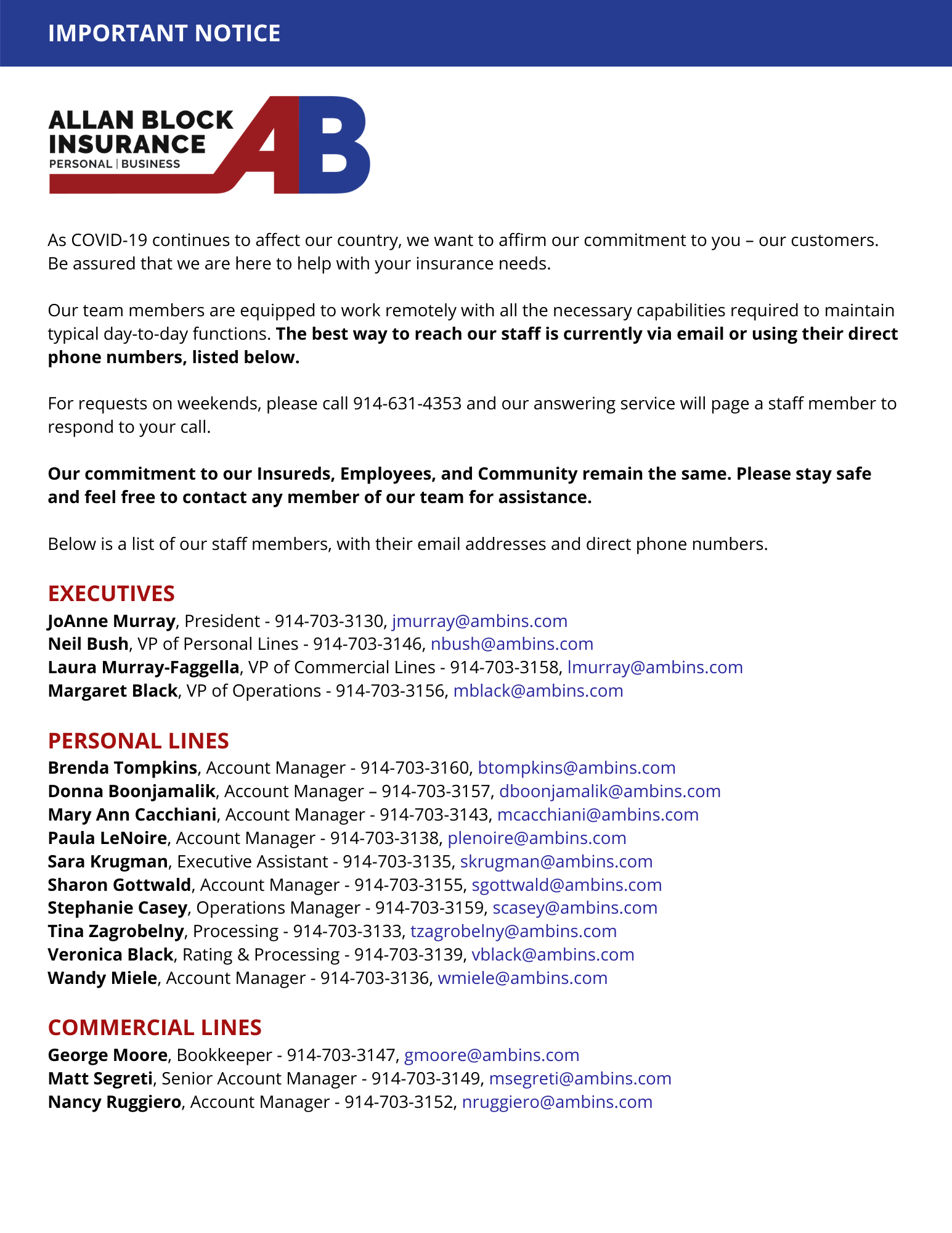If your employees drive company vehicles, then you should consider several management actions for your commercial auto fleet:
- Designate a fleet supervisor
- Provide safety management procedures and checklists
- Train and monitor all drivers.
A fleet supervisor serves as the dedicated person on your team to manage the procedures, checklists, and safety training that your company has developed. Moreover, this person should regularly update these policies to include new regulatory mandates or guidelines and to respond to particular problems that arise at your workplace.
The fleet supervisor should implement the entire onboarding of an employee, including all the necessary documentation, such as the driver’s operating license, Division of Motor Vehicle reports, and training certificates. The supervisor should also ensure drivers have all checklists that apply to driving company vehicles.
Documentation and checklists should be monitored to make sure crucial information is refreshed as needed and that retraining is provided as needed throughout the year. In addition, any sanctions for noncompliance should be promulgated as part of the onboarding process. Disciplinary actions should be based on set standards, and all decisions should be backed with documented reasons that comport with those standards.
Your company’s insurance carrier may have resources for training and procedures, so have your fleet supervisor look into these sample documents to enhance your fleet program.
Consideration should also be given to technology. Telematic systems don’t just track employees’ routes and speeding. They can also help with loss control and provide important evidence in accident and loss investigations.



